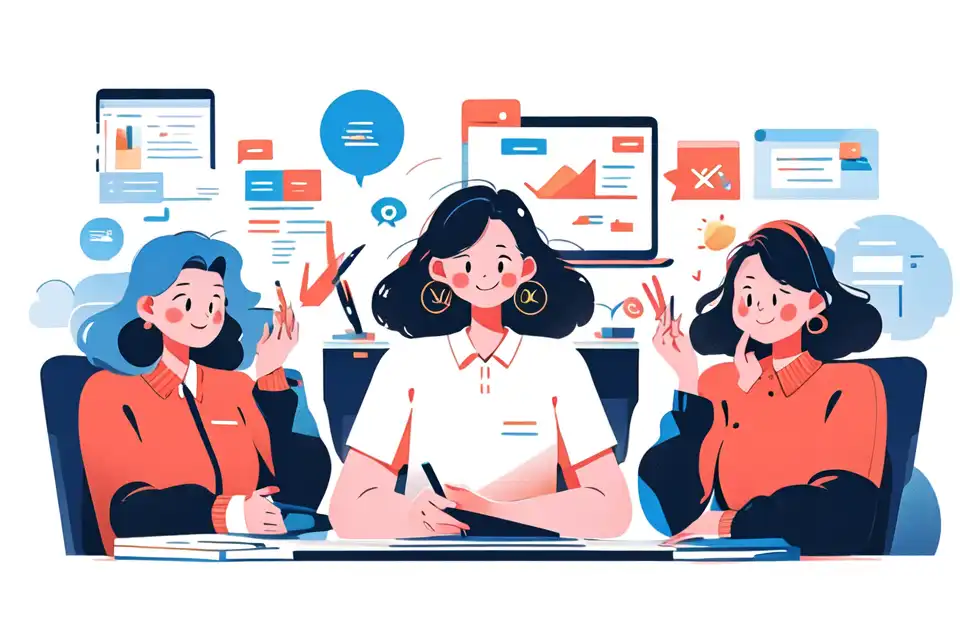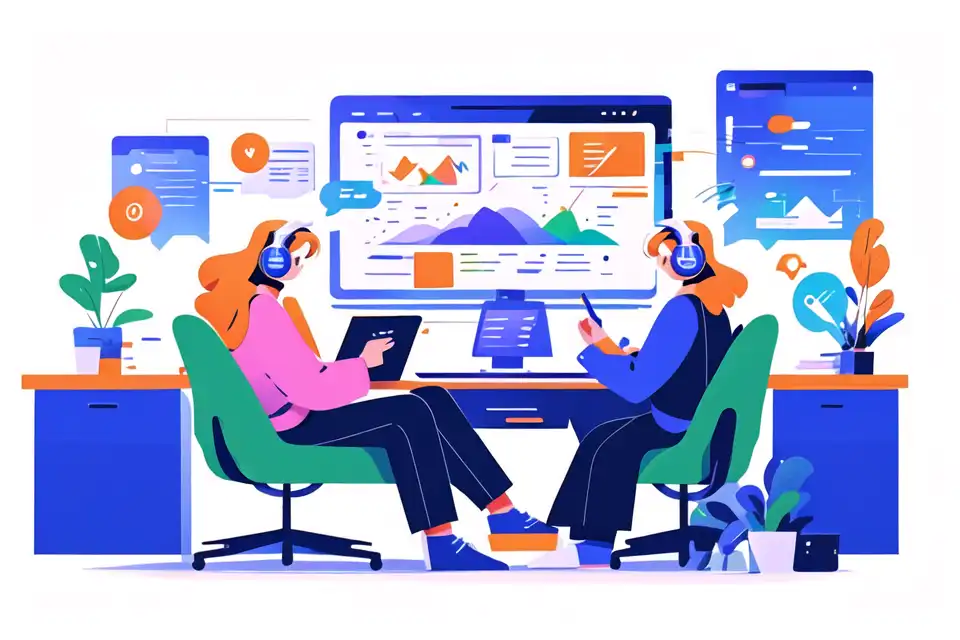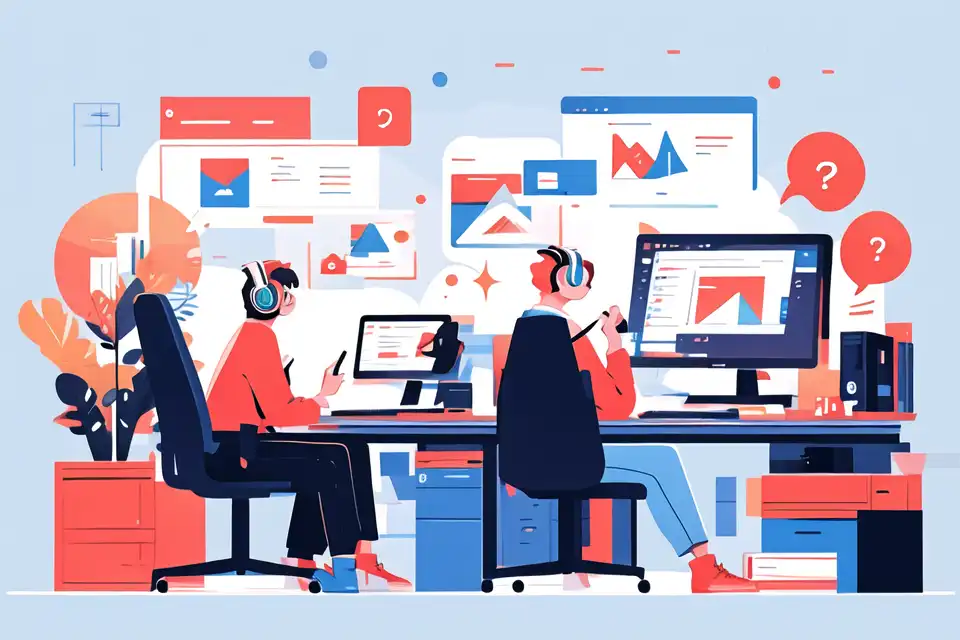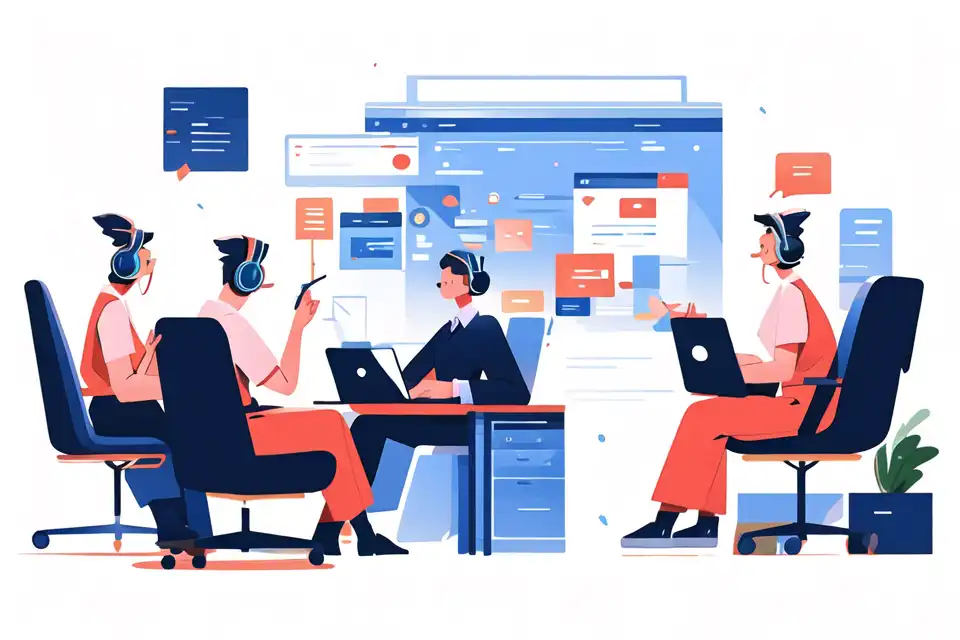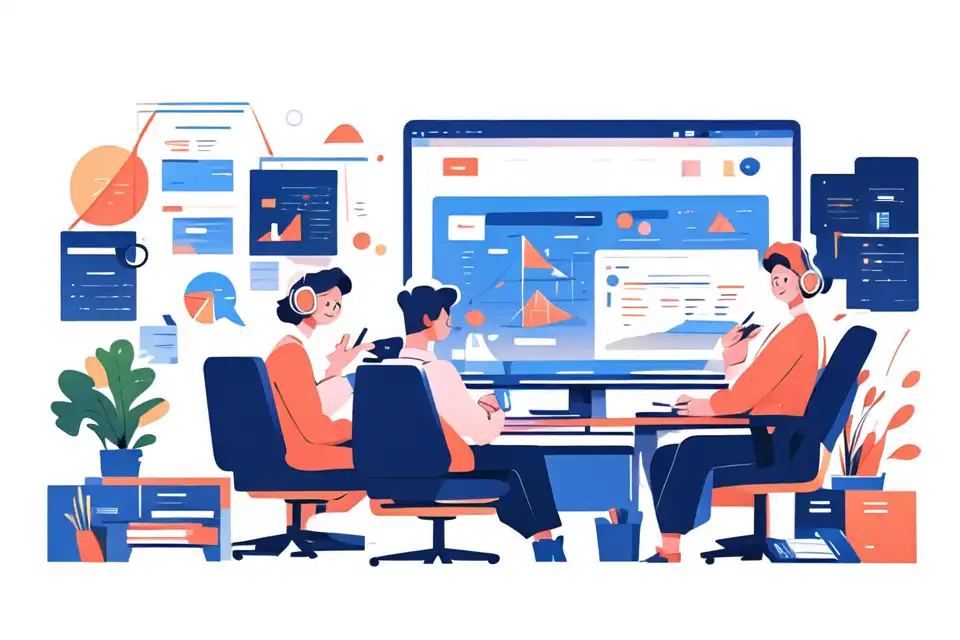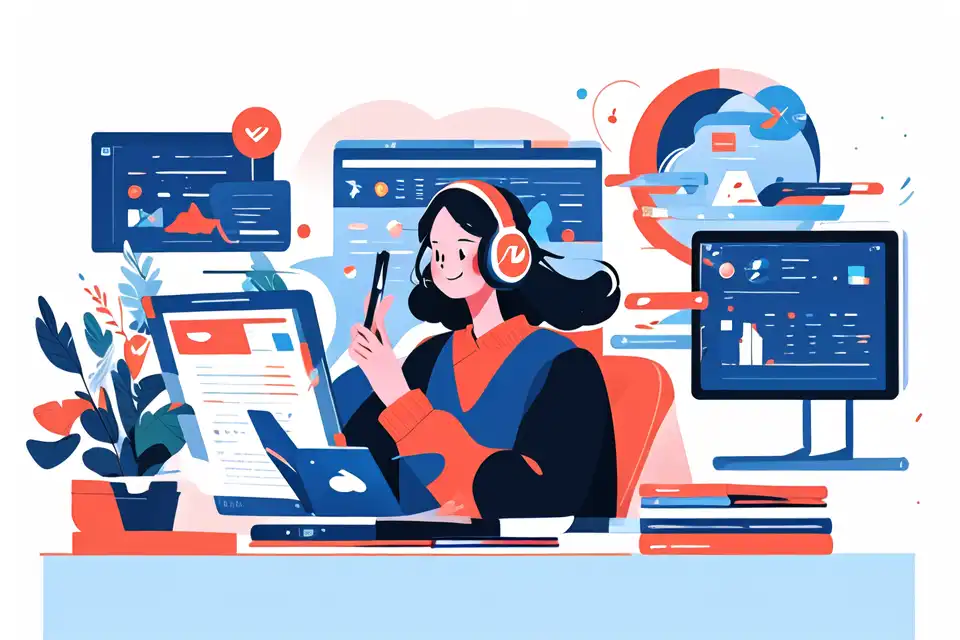Educational Content Localization
Learn about the top tips and strategies in educational content localization
Try Lark for Free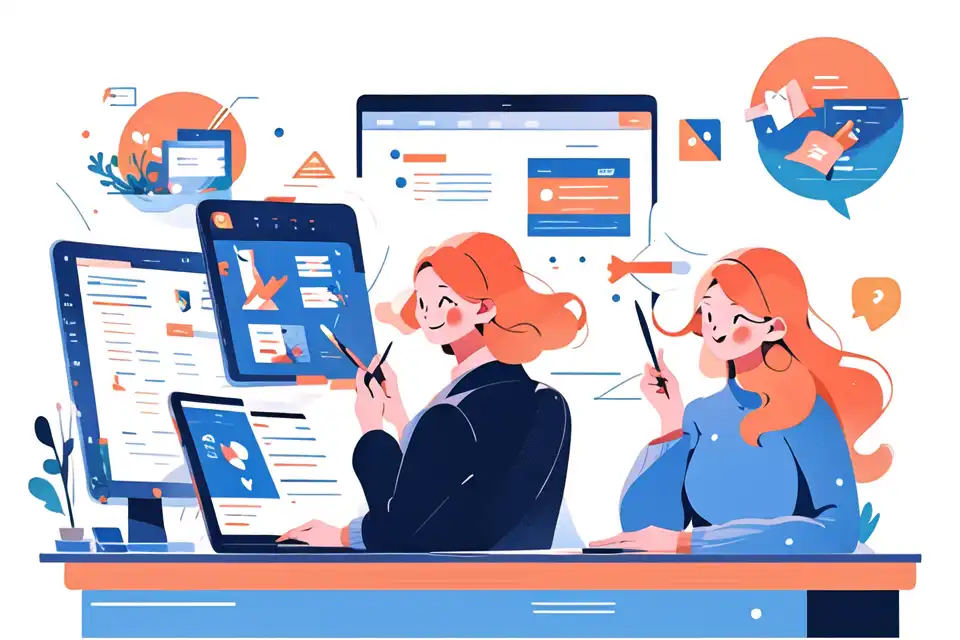
What is Educational Content Localization?
Educational content localization entails adapting educational materials to suit a particular locale, culture, or linguistic group. It's not just about translating text, but also about aligning images, symbols, colors, and context to the target audience's cultural sensitivities and understanding.
The Role of Educational Content Localization in Enhancing Learning Experiences
Localized content improves comprehension, engagement, and retention by making learning content more relatable and understandable. According to a study by Harvard University, students show a 22% increase in comprehension and retention when learning from localized content.
Key Statistics Illustrating the Impact of Educational Content Localization
According to a report by Research and Markets, the global e-learning market is projected to reach $325 billion by 2025. With an estimated 2 billion English learners worldwide, the potential for localized educational content is immense.
Unlock the power of Lark to elevate your business operations. Discover actionable strategies and best practices in our comprehensive guide.
The benefits of educational content localization
Personalizing Learning: A Key Benefit of Educational Content Localization
Localized content enhances personalization, making learning more relevant and meaningful. For instance, a mathematics lesson involving currency can be localized to use the local currency of the learners, making the lesson more relatable.
Boosting Engagement and Performance with Localized Learning Content
Localized content has been shown to increase learner engagement, leading to improved academic performance. A report by the Bill and Melinda Gates Foundation found that personalized, localized content can increase learner engagement by up to 60%.
Enriching Cultural Understanding through Educational Content Localization
Localized content can also foster greater cultural understanding and respect. By incorporating local customs, values, and contexts, learners gain a deeper appreciation for their own culture and those of others.
Learn more about Lark can help you with everything mentioned so far in the article.
How to implement educational content localization in education
Step 1: Conducting Needs Assessment for Content Localization
Understanding your target audience's needs, preferences, and cultural sensitivities is crucial. This involves researching and analyzing the target locale's language, culture, and education system.
Step 2: Selecting Suitable Content for Localization
Not all content may be suitable for localization. Choose content that is culturally neutral and universally applicable. Avoid content that may be perceived as offensive or irrelevant in certain cultures.
Step 3: Undertaking the Localization Process
Localization involves converting content into the local language, adapting cultural references, and adjusting formats to align with the locale's education system. This process requires a team of linguists, subject matter experts, and cultural consultants.
Step 4: Evaluating and Improving the Localized Content
After localization, it's vital to test the content with a sample of the target audience. Collect feedback and make necessary adjustments to ensure the content meets the learners' needs and expectations.
Tools and Resources Essential for Effective Educational Content Localization
Tools like Lark provide a collaborative platform for teams to manage, share, and review localized content. Lark also offers robust communication tools, making it easier to coordinate and facilitate the localization process.
Real-life examples of educational content localization
Example 1: transforming multicultural education through content localization
Example 1: transforming multicultural education through content localization
In multicultural classrooms, localized content can help bridge the gap between different cultural backgrounds. For instance, a history lesson can be localized to include perspectives from various cultures in the class, fostering a more inclusive and diverse learning environment.
Example 2: boosting stem learning through localized content
Example 2: boosting stem learning through localized content
Localized content can enhance STEM education by making complex concepts more relatable. For instance, a physics lesson on gravity can be localized using familiar local contexts, making it easier for students to grasp.
Example 3: enhancing language learning with localized educational material
Example 3: enhancing language learning with localized educational material
Localized content in language learning can help students understand the cultural nuances and idiomatic expressions of the target language, resulting in a more comprehensive and meaningful learning experience.
Learn more about Lark can help you with everything mentioned so far in the article.
Challenges and solutions in educational content localization
Challenge 1: Overcoming Linguistic Hurdles in Content Localization
Localization requires a deep understanding of the target language and its nuances. Hiring professional linguists and subject matter experts can help ensure accurate and effective localization.
Challenge 2: Addressing Cultural Sensitivity in Localized Content
Understanding and respecting cultural sensitivities is crucial in localization. A cultural consultant can provide insights and guidance to avoid cultural faux pas and ensure the content aligns with the target audience's values and expectations.
Challenge 3: Ensuring Quality and Consistency in Localized Learning Material
Maintaining consistency in style, tone, and terminology across localized content can be challenging. Utilizing localization tools and style guides can help ensure consistency and quality.
Effective Strategies to Overcome These Challenges
These challenges can be overcome through careful planning, collaboration, and the use of appropriate tools and resources. Utilizing technology like Lark can significantly streamline the process and enhance the effectiveness of educational content localization.
Future of educational content localization in education
Emerging Trends to Watch in Educational Content Localization
Trends such as AI-powered translation, machine learning, and voice recognition are revolutionizing the field of content localization. These technologies promise to make localization more efficient, accurate, and accessible.
The Role of Innovative Technologies like Lark in Shaping the Future of Content Localization
Platforms like Lark provide a collaborative environment for localization teams, where they can communicate, share resources, and manage tasks effectively. Such technologies will play a pivotal role in shaping the future of educational content localization.
Predictions for the Evolution of Educational Content Localization
With the rise of online learning and globalization, the need for localized content will only grow. We can expect more advanced technologies, more comprehensive localization strategies, and a broader application of localized content across different educational domains.
Learn more about Lark can help you with everything mentioned so far in the article.
Conclusion
Recap: The Transformative Power of Educational Content Localization
Educational content localization is a powerful tool that can enrich learning experiences, foster cross-cultural understanding, and personalize education. It's not a mere luxury but a necessity in today's globalized and diverse educational landscape.
Parting Thoughts: Embracing the Future of Education with Localized Content
As we look towards the future, it's clear that educational content localization will play a pivotal role in shaping modern learning environments. It's time for educators and institutions to embrace this transformative approach and leverage it to cultivate a more inclusive, engaging, and effective learning experience.
Tips for successful educational content localization
Do's and Don'ts in Implementing Content Localization
| Do's | Don'ts |
|---|---|
| Do conduct thorough research on the target audience's language and culture | Don't overlook cultural sensitivities |
| Do use professional linguists and subject matter experts | Don't rely solely on machine translation |
| Do test and refine the localized content | Don't ignore feedback from the target audience |
Table: Tips for Successfully Implementing Educational Content Localization
The table above provides a quick reference for implementing educational content localization effectively. Keep these tips in mind to ensure a successful localization process.
Learn more about Lark can help you with everything mentioned so far in the article.
Unlock the power of Lark to elevate your business operations. Discover actionable strategies and best practices in our comprehensive guide.
